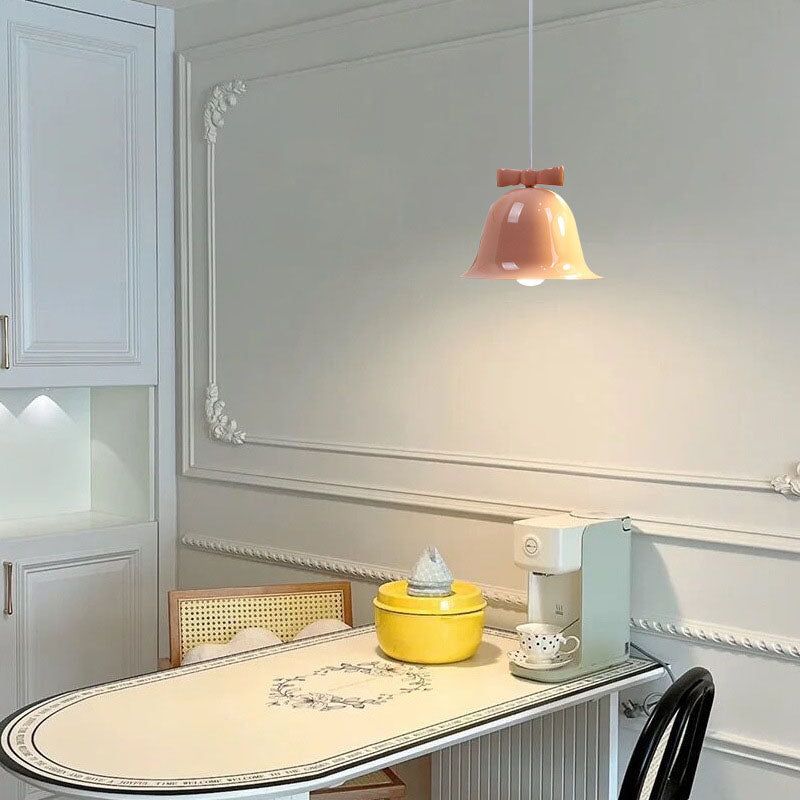
Light Emitting Diodes (LEDs) have revolutionized the lighting industry by serving as efficient and versatile luminaire lamps. LEDs are increasingly being used in residential, commercial, and industrial settings due to their long lifespan, energy efficiency, and durability. These lamps offer a wide range of color temperatures and brightness levels, allowing for customizable lighting solutions for any space. LEDs also produce directional light, making them ideal for task lighting and accent lighting applications. Additionally, LEDs emit minimal heat, reducing the risk of fire hazards and making them safe for use in enclosed spaces. The advancements in LED technology have led to the development of smart lighting systems that can be controlled remotely through mobile devices, offering convenience and flexibility in managing lighting settings. Overall, LEDs as luminaire lamps are a cost-effective and sustainable lighting solution that is increasingly becoming the preferred choice for both residential and commercial lighting needs.
Light-Emitting Diodes (LEDs) have revolutionized the lighting industry by offering energy-efficient and long-lasting illumination solutions. These semiconductor devices convert electrical energy into light through a process called electroluminescence, producing a brighter and more focused beam compared to traditional incandescent or fluorescent lamps. LEDs as luminaire lamps are now widely used in various applications, from residential to commercial settings, due to their durability and low maintenance requirements.
One of the key advantages of LEDs as luminaire lamps is their energy efficiency. LED bulbs consume significantly less power compared to incandescent and fluorescent lights, helping to reduce electricity bills and overall energy consumption. Additionally, LEDs have a longer lifespan, with some models lasting up to 25,000 hours or more, which translates to fewer replacements and less waste. This makes LEDs a more sustainable choice for lighting solutions, contributing to environmental conservation efforts.
Another benefit of using LEDs as luminaire lamps is their versatility in design and function. LED lights come in a wide range of colors, brightness levels, and shapes, allowing for various lighting effects and customization options. From warm white to cool daylight hues, LEDs can create the desired ambiance and mood in any space. Furthermore, LEDs can be easily integrated into smart lighting systems, enabling wireless control and automation for enhanced convenience and efficiency.
In conclusion, the use of LEDs as luminaire lamps continues to grow in popularity due to their numerous advantages over traditional lighting technologies. With their energy efficiency, long lifespan, and versatile design options, LEDs offer a cost-effective and sustainable lighting solution for both residential and commercial applications. As technology advances and more innovations are made in the field of LED lighting, the potential for these luminaire lamps to further improve lighting quality and functionality remains promising.
 Decoration Ideas
Decoration Ideas







